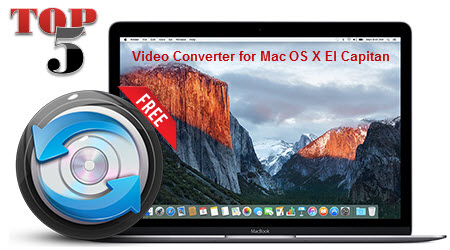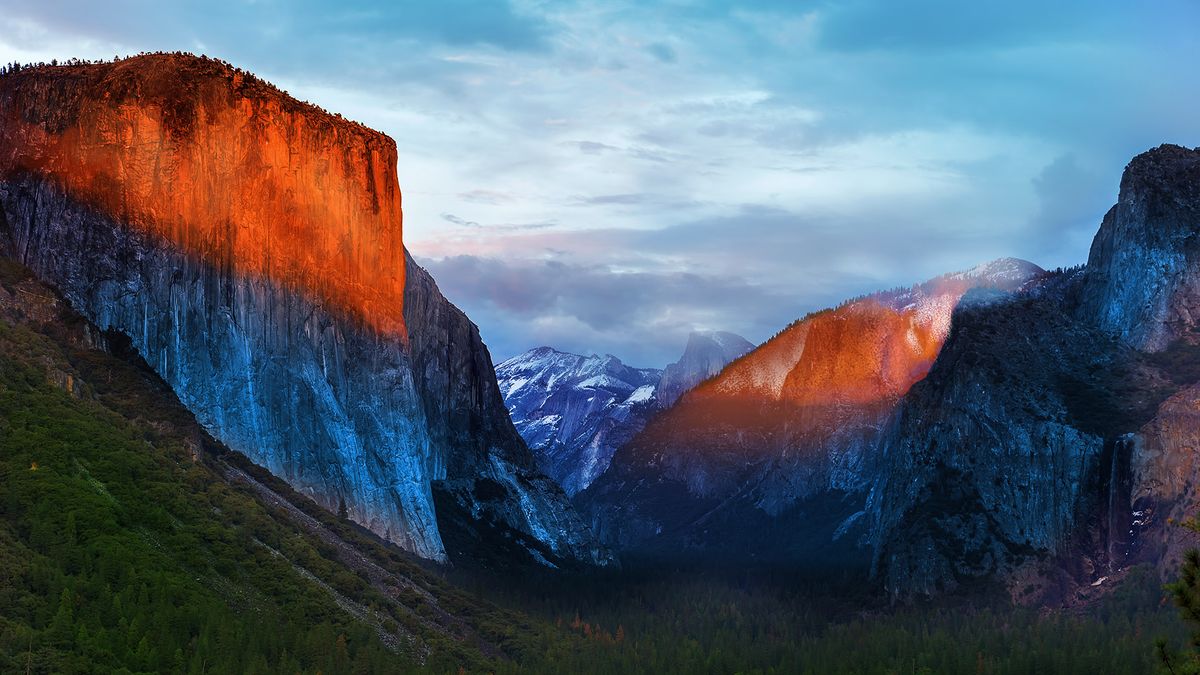

When you click on search, it will search and show all the files which are above the specified file size.
The next dropdown would have KB (Kilobytes) you need to change that to GB (Gigabytes). You can try 5 for medium or if you had many photos or videos you can even try 10. The size would depend on the number of photos that have been saved in the library file. The next box would be an open square box for the size of file. Change the second drop down menu option to “greater than”. The first dropdown is named Kind, and then select the file size from menu. Open a search window from the file menu. You can find a square with a smiling in your dock. You can also search by “iPhoto Library” through all the folders and drives of your system. You can search with the library file or the default name iPhoto Library. If you cannot find the files in trash, then the next place to look is spotlight located at the top right corner of the menu bar. However, there is no use in looking in Trash if that folder is already empty. You will get back your deleted photos back. You can select your “iPhoto Library” and restore it back from here. We all know one of the most basic and easiest way to look for your lost photos is open iPhoto trash or Trash on your Mac. However, there are still few other methods as well to look out for depending on the Photo loss Situation I got my old iPhoto library back with Photos with all the old pictures.Īfter then whenever I opened iPhoto, it gave me a message that the library had been migrated to Photos and that iPhoto would be read only. A window appeared stating ‘Preparing Library’. I selected ‘Open With’ and chose Photos (not iPhoto).  I went to Photo folder and then to the location of the original iPhoto library. How did I recover my iPhoto library photos? So in a nutshell, I concluded that I lost all of my Old Photos and was not able to recover from Time machine as well.īut thankfully, with the help of a little research online, I founded the solution to the problem. I couldn’t find my old iPhoto library list, although I got to see the iphoto app along with the Photos app. The challenge before me was to restore my iPhoto library on El Capitan. Just when I was on the course of upgrading to the El Capitan and restoring my all old files, I just happened to see that a new application “Photos”in El Capitan and no iPhoto. Such an incident happened with me few days ago with my MacBook Air. It is a worthwhile course to do, which you realize once you get to restore your entire hard disk data restored afresh like before after any recent hard drive failure or data loss. To save you from those mishaps, set up Time Machine backup on your Mac. That’s where Time Machine comes for your rescue. But a machine is after all a machine and any system or OS failure can give the biggest glitch of your life if you haven’t backed up your data. It is a widely reputed OS and seldom has system failures. Method 1 (b).Mac’s are the most efficient and reliable operating system. Using iPhoto and pixelmator work well in El Capitan. El Capitan put it back on and this 'hidden' photos (feature?) bug is still there so I deleted photos.app once again. I deleted photos.app 3 days after its debut because the 'hidden' photos weren't so hidden.
I went to Photo folder and then to the location of the original iPhoto library. How did I recover my iPhoto library photos? So in a nutshell, I concluded that I lost all of my Old Photos and was not able to recover from Time machine as well.īut thankfully, with the help of a little research online, I founded the solution to the problem. I couldn’t find my old iPhoto library list, although I got to see the iphoto app along with the Photos app. The challenge before me was to restore my iPhoto library on El Capitan. Just when I was on the course of upgrading to the El Capitan and restoring my all old files, I just happened to see that a new application “Photos”in El Capitan and no iPhoto. Such an incident happened with me few days ago with my MacBook Air. It is a worthwhile course to do, which you realize once you get to restore your entire hard disk data restored afresh like before after any recent hard drive failure or data loss. To save you from those mishaps, set up Time Machine backup on your Mac. That’s where Time Machine comes for your rescue. But a machine is after all a machine and any system or OS failure can give the biggest glitch of your life if you haven’t backed up your data. It is a widely reputed OS and seldom has system failures. Method 1 (b).Mac’s are the most efficient and reliable operating system. Using iPhoto and pixelmator work well in El Capitan. El Capitan put it back on and this 'hidden' photos (feature?) bug is still there so I deleted photos.app once again. I deleted photos.app 3 days after its debut because the 'hidden' photos weren't so hidden. Iphoto mac download el capitan for mac#
This iPhoto for Mac El Capitan also is very useful to synchronize and organize tracks making retrieval quite simple and easy.

This well and truly allows you to customize and personalize your tracks and albums.

It has some of the best clipart functions.
It is well compatible with all the Mac sysytem including the new Mac 10.11 El Capitan. Click “Delete Pictures” if you don’t want to keep on your iPhone anymore. Now, you will get a dialogue box asking you would like to delete the original pictures from your Camera Roll. To import selected images from your iPhone, click the 'Import Selected' button If you want to import all iPhone photos, click 'Import All' button. iPhoto will automatically open up with your iPhone device videos and images listed Note: iPhoto works only on iPhone pictures taken by your iPhone – In other words, you can only transfer pictures from your Camera Roll:








 0 kommentar(er)
0 kommentar(er)
